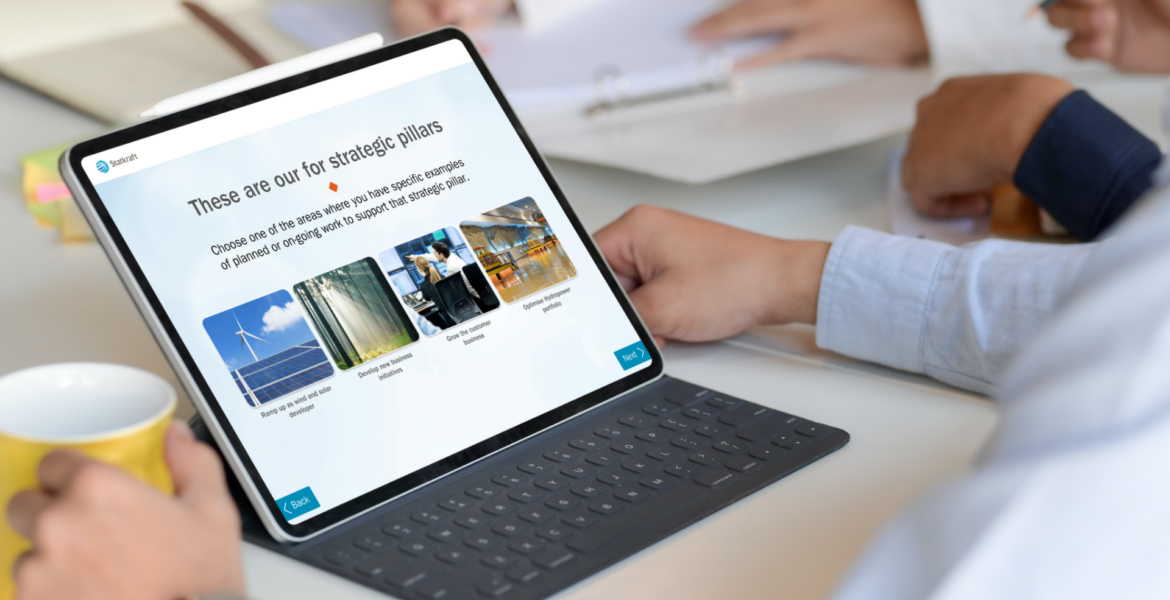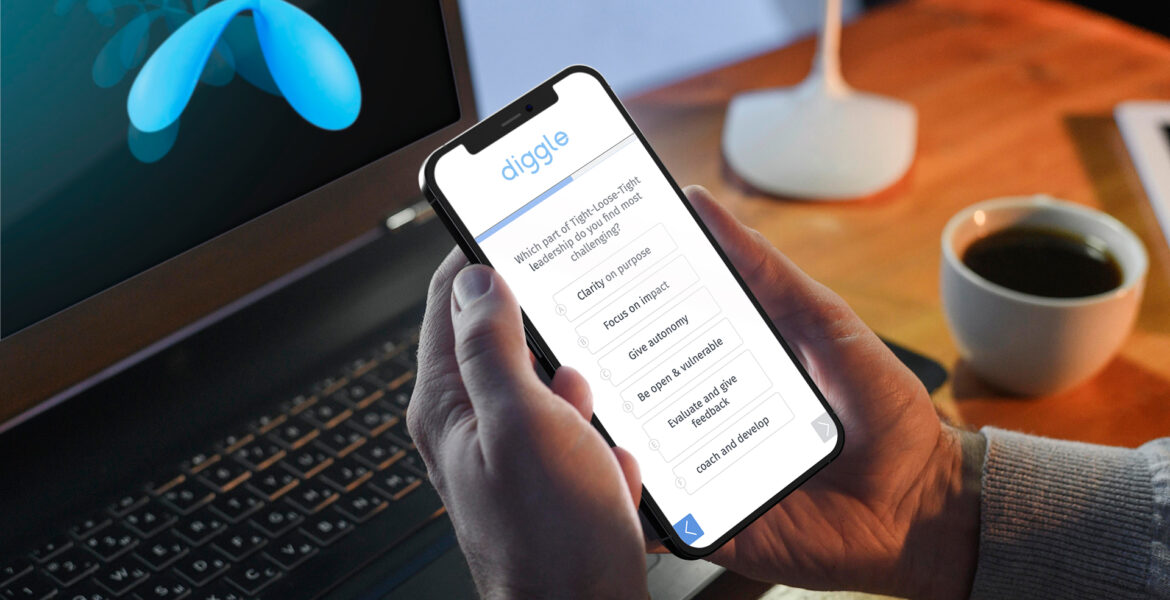Workshop design 101 - How to use Diggle for increased engagement and interaction
This is an easy guide for how to set up and design a workshop session using Diggle. Whether you’re a seasoned professional or new to workshop facilitation, this guide provides valuable insights and practical strategies to enhance participant engagement and learning outcomes. This design works well for corporate training, educational workshops, and team-building events. Feel free to check out one of our ready-made templates for more inspiration.
- What are your goals?
The first step is to clarity the purpose of the workshop. What specific knowledge, skills, or outcomes do you want participants to gain? Clearly defined objectives will guide the workshop design and method, facilitating effective learning outcomes.
- Customize the workshop to your participants.
In order to create an effective workshop, you need to know your participants. What are their backgrounds, characteristics, knowledge levels, and expectations? This information will help you tailor the content, activities, and delivery methods to meet their needs.
- Create good structure.
Developing a detailed agenda that outline the workshop flow, including specific topics, activities, and time stamps, will aid both you as a facilitator and your participants. A well-structured agenda helps you stay organized and ensures a smooth progression of content throughout the workshop. Presentations and activities should be well periodized to ensure that your participants do not loose focus or interest.
- Select an appropriate method.
Consider the most suitable design for your workshop. You can use a combination of various formats such as lectures, interactive group activities, practical exercises, and discussions and reflections. Remember that your chosen method should be aligned with the established objectives and facilitate engagement and learning.


- Utilize engaging material.
Preparing visually appealing and informative materials, preferably a mix of presentation slides, reflection tasks, and other interactive resources. Visual aids and supporting materials help convey information effectively and enhance participants’ understanding.

- Focus on interactive activities.
Interactive activities that promote discussion and reflection will be your best friend as a facilitator. Sitting through 8 hours of lectures in silence with no reflection or experience exchange is simply not effective – always include interactive elements throughout the session to foster engagement and active learning. Incorporate group discussions, brainstorming sessions, practical tasks, role-playing, simulations, or exercises that encourage participants to apply their new knowledge. Diggle is a great tool for all these activities.

- Create a good learning environment.
As the facilitator, it is your job to ensure a positive and inclusive learning environment. Encourage active participation, ask thought-provoking questions, provide clarifications, and foster discussion among groups. Even though it can be difficult, engaging participants and guiding them towards achieving the learning objectives should be your top priority. From our experience with working with various clients, Diggle is a very useful tool for creating increasing engagement and interaction among participants compared to more traditional methods.
- Provide sufficient variation to promote reflection.
In order to keep participants engaged and focused on the learning objectives, a variety of methods and formats should be used. This gives participants opportunities to reflect, both individually in groups, and learn through active engagement. It is also a plus if the workshop is perceived as fun and meaningful, where variation is key.
- Gather feedback for continuous improvement.
Incorporating evaluation mechnaisms to assess the workshop’s effectiveness and gathering feedback will help the next group of participants experience even better learning outcomes. You can use basic survey designs or other assessment methods to gauge satisfaction, understanding, and evaluate whether learning objectives have been achieved. Reviewing feedvack will also aid you as a facilitator to identify areas for improvement and enhance future workshop designs.



